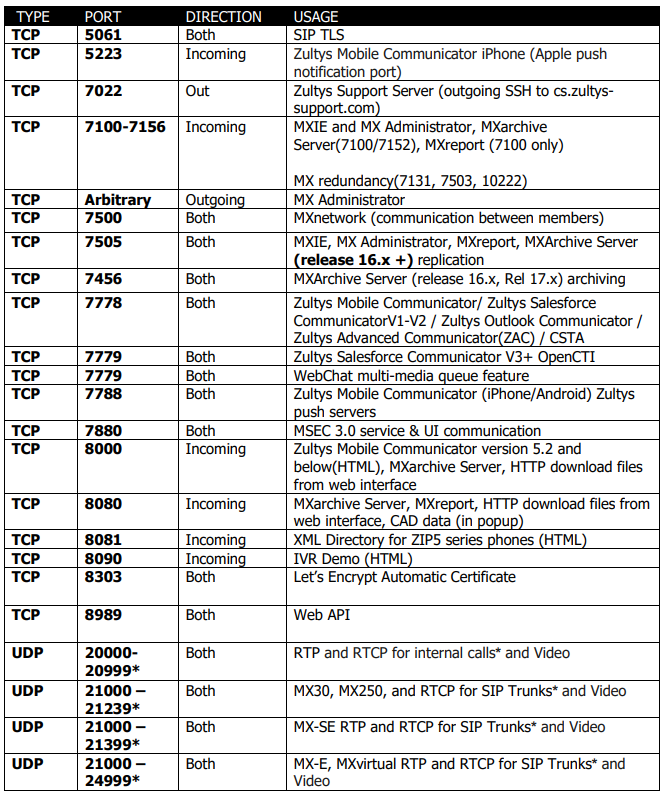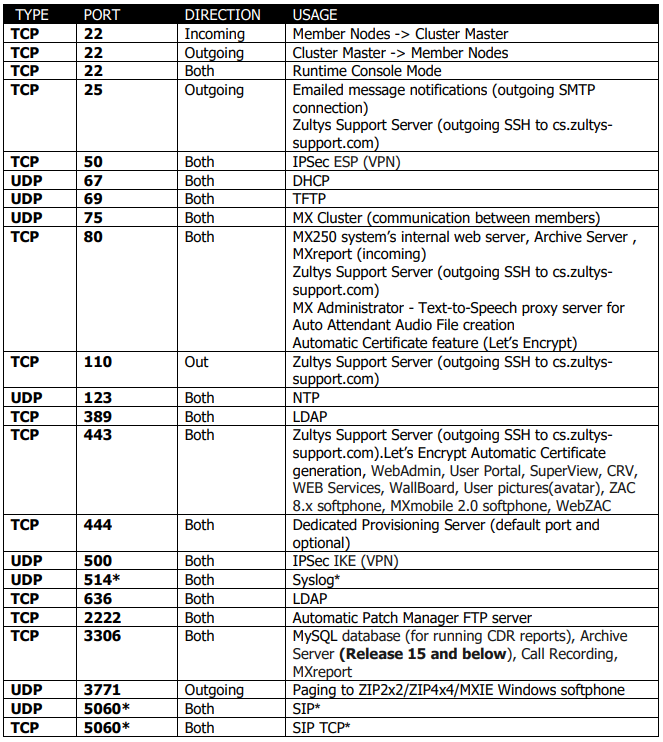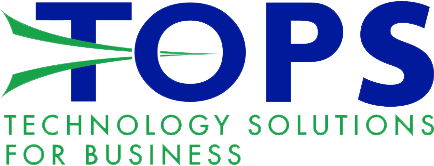Zultys - Network / IT Requirements (Hosted)
A hosted phone system, also known as a cloud-based phone system or Voice over IP (VoIP) system, is a telecommunications solution that enables businesses to make and receive calls over the internet. Instead of relying on traditional landlines or on-premises hardware, a hosted phone system uses remote servers maintained by a third-party provider. Users can access the system through web-based interfaces or dedicated phone devices, allowing for flexibility and scalability. This technology offers cost savings, advanced features such as virtual phone numbers and call routing, and the ability to work from anywhere with an internet connection, making it an ideal choice for modern businesses.
Overview
Requirements
- Stable Internet Connection: A reliable internet connection is vital for uninterrupted voice communication. Downtime or fluctuations in your internet connection can result in poor call quality and dropped calls.
- Ability to Install Required Software: To set up the phone system, you'll need to install specific software on your computers. This software facilitates communication with the VoIP servers. Administrator access is crucial for software installation or should be handled by your IT department to ensure proper configuration.
- SIP ALG Disabled: Session Initiation Protocol (SIP) Application Layer Gateway (ALG) can sometimes interfere with VoIP traffic. Disabling it prevents potential issues with call quality and connectivity.
Recommended
- Avoid CG-NAT or Double NAT: Carrier-Grade Network Address Translation (CG-NAT) or double NAT setups (multiple routers in series) can complicate VoIP traffic routing. It's best to avoid these setups to ensure a straightforward connection.
- Managed Network Equipment: Using reputable managed network equipment such as Cisco, Ubiquity, or Juniper can provide better control over your network, including Quality of Service (QoS) settings, which can prioritize VoIP traffic for optimal call quality.
- Static WAN IP Address: A static WAN (Wide Area Network) IP address simplifies network management and makes it easier to maintain consistent connectivity with your VoIP provider.
- Power over Ethernet (PoE) Network Switches: PoE switches can power your VoIP phones over the Ethernet cable, reducing the need for additional power adapters and improving cable management.
- Voice VLAN for Traffic Segmentation: Creating a separate VLAN for voice traffic helps segregate it from data traffic, ensuring a dedicated path for voice packets and minimizing potential congestion or interference.
- QoS Configuration: Configuring Quality of Service (QoS) on your firewall and switches prioritizes VoIP traffic, guaranteeing it gets the necessary bandwidth and low latency for high-quality calls.
- Company SMTP Server/Relay: Having your own SMTP server or relay can enhance email communication within the phone system and facilitate notifications and voicemail delivery.
Networking Information
- IP Addressing: To facilitate communication with the hosted phone system, ensure that traffic to/from your datacenters is allowed from the following IP subnets:
- 69.165.88.0/24
- 66.51.19.0/24
- 66.51.21.0/24
- 104.171.205.0/24
- 72.142.150.0/24
- 216.130.164.0/24
- 206.116.50.83/32
By meeting these network requirements and recommendations, your IT team can ensure a robust and reliable hosted phone system that delivers high-quality voice communication for your organization.
Ports / Firewall Rules
Device Metric Collection (RTCP-XR)
Outbound to 206.116.50.83 on port 7060 is required for RTCP-XR collection
Phone System
Incoming = Incoming on the Phone System
Outgoing = Outgoing from Phone System


MXIE Client



*Indicates that the port can be changed.
ZAC Client


*Indicates that the port can be changed on ZAC versions 7.x and below. On ZAC versions 8+ this port CANNOT be changed.
WebZAC

MXmobile 2.0 iPhone

MXmeeting

MG Gateway

*Indicates that the port can be changed.
Phones
ZIP 5 SIP Phones

*Indicates that the port can be changed.
ZIP 3x SIP Phones

*Indicates that the port can be changed.
ZIP 4x SIP Phones

*Indicates that the port can be changed.
Z 2x SIP Phones

*Indicates that the port can be changed.
